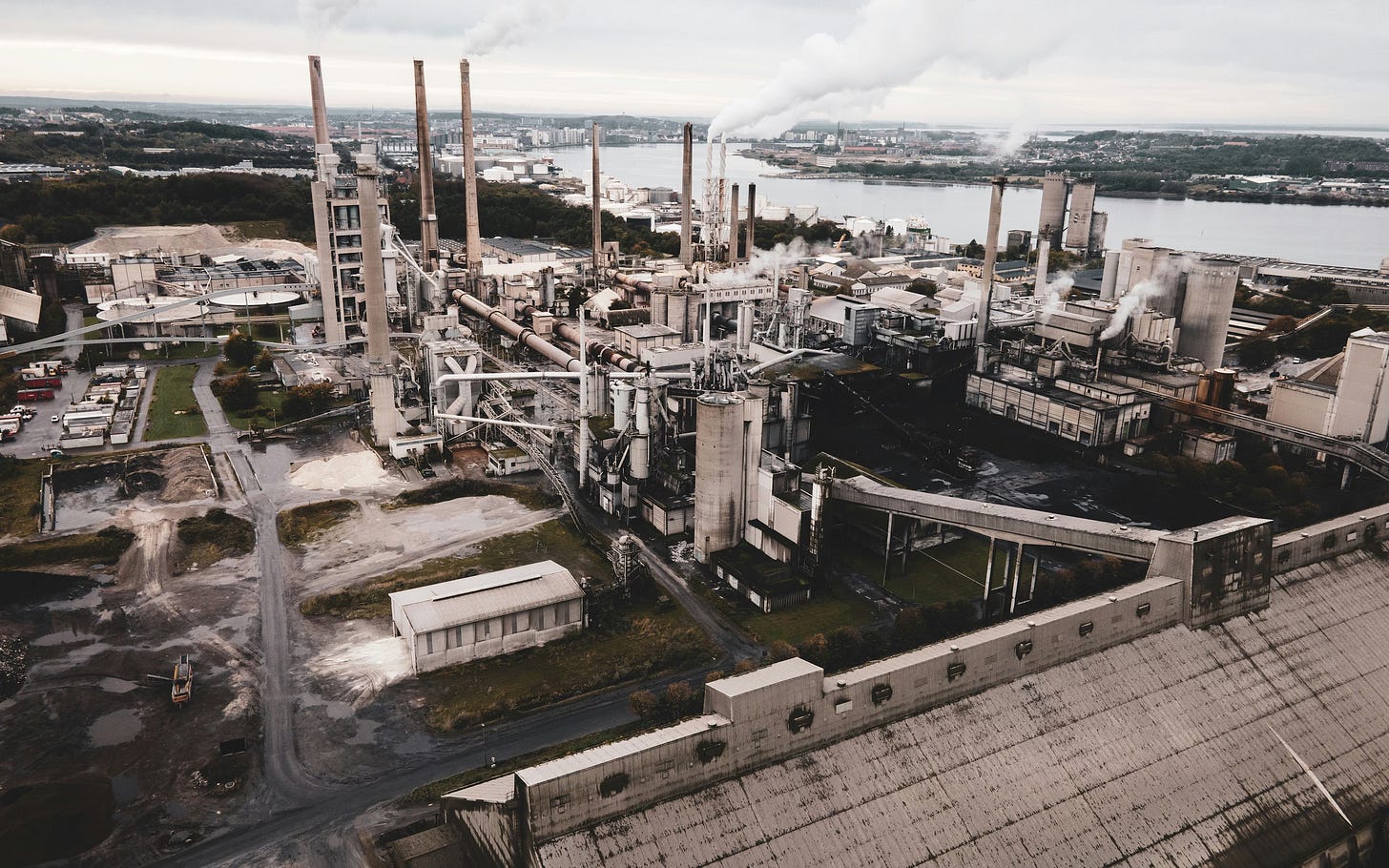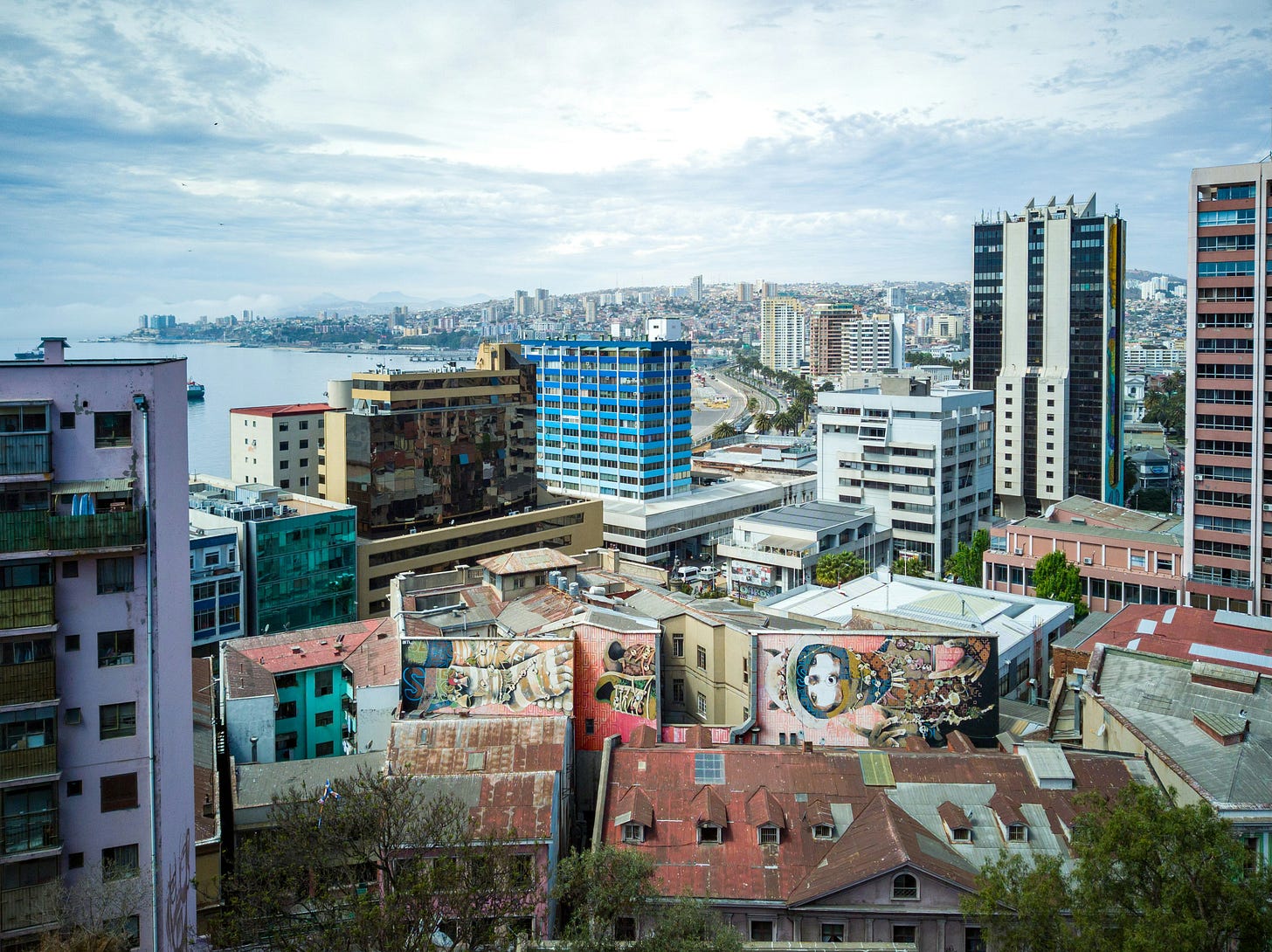Levers of Acceleration for Finance in Common
A Climate Civics policy note for the Finance in Common Summit, now ongoing in Cape Town, South Africa, focusing on expanding access to finance, digital transformation, and resilient infrastructure.
2024 was the hottest year on record. In fact, it was far hotter than expected, and new evidence suggests the reason is relatively simple: global heating has been advancing faster than reported, and was concealed by non-carbon pollution that needed to be reduced to protect human health.
Acceleration of global heating and climate disruption means costly impacts will be more common, more disruptive, and more likely to compound each other’s effects. It also means calculations about climate costs are likely lower than they need to be to guide sound decision-making.
At this crucial moment, we see the world’s leading provider of development assistance suspending, and possibly ending, major programs that provide vital support to vulnerable communities. If such aid is not delivered, we know the trends toward local destabilization will rapidly worsen in many places, and safeguards against the spread of conflict will be undermined.
Key messages
No one is immune to climate danger.
Trace teleconnections to make local innovation smarter.
Activities that improve food systems, income inequality, and infrastructure can generate major return on investment.
Cities can play a leadership role in transforming landscapes and improving health and opportunity.
No One is Immune to Climate Danger
The uneven distribution of climate vulnerability does not mean some people and places are immune. The most fortunate will develop better safeguards against their own personal and regional climate risk, but they cannot stop uncontrolled climate disruption from undermining the sources of value they depend on for their wealth. Even the best funded fossil fuel operations cannot operate safely during ongoing climate shock events.

Disruptions are also now likely to come from far away. As more and more countries see populations migrate to cities and rural areas depleted by industrial-style extractive agriculture, more countries depend on imports for basic food items. Climate disruptions are affecting producer communities, production and transport, storage and shelf-life, and degrading ecosystems and biodiversity, creating further nonlinear risks.
Increasingly, we see underinvestment in the One Health standard creating new disease risks and related destabilizing effects:
In the United States, food prices remain high in part due to the spread of avian flu, with at least 70 human cases reported, and 500 species of bird and 70 mammal species affected.
At this writing, an unknown disease has been reported in the DRC. The disease kills those infected about 48 hours after onset of symptoms.
In Wuhan, China, a new coronavirus has been detected in bats.
In east Africa, ebola has been spreading, and recent disruptions to USAID operations have raised concerns about uncontrolled spread.
We look to leaders at local, national, and international levels, and in the private sector, to build One Health insights into financial metrics.
Connections & Teleconnections
Noting the need for urgent action to increase investments that support macrocritical resilience, in countries at all levels of income, we recommend renewed exploration of connections and teleconnections, to inform financial data and other performance metrics that drive decision-making. The aim of this recommendation is simple: We need to begin connecting the dots in ways we have not done to date.
Long-distance teleconnections, operating across overlapping but diverse timescales, make up the majority of climate-related cause-and-effect relationships. Many are layered or evolve unpredictably over time, but the long-term effects are well understood and can be defined in precision metrics.
For instance, changes in polar ice cover, including both sea ice and major ice sheets in Greenland and Antarctica, can have long-running secondary effects throughout the climate system, across all regions. With Arctic Ocean ice at record lows in recent years, there is less reflective surface to slow global heating, and ripple effects are being felt through all regions.

An immediate effect of this trend is the disruption of optimal temperatures throughout the year to support the ecosystems that allow specific species to grow reliably for harvest. Well before a major harvest failure, the teleconnection between polar ice, temperature and weather patterns, moisture and watershed resilience, is already showing up in detectable ways.
Stresses & Solutions
A 2024 IMF-G20 Background Note on links between trends in economic growth and inequality found weak or uneven growth can reduce opportunities for reversing inequality, while depending on growth to reverse inequality can have the opposite effect. It is increasingly clear that as financial actors grapple with the challenge of adapting their operations and assumptions to a climate-disrupted world, new approaches to direct investment in human wellbeing need to be identified and mobilized.
Our recent update on the participatory Capital to Communities approach to sustainable finance emphasized localizing investments, capacity building, and programmatic expansion of opportunity. We wish to highlight, for consideration by the Finance in Common Summit participants and collaborating institutions, three ways in which food-related financial innovation can support localized value-building efforts that reinforce and expand the foundations of shared, sustainable prosperity:
A co-investment platform for food systems transformation;
Integrating data systems to support multidimensional metrics;
Scaling up impact investment in urban food systems.

New infrastructure must afford easier and more affordable pathways to electrification and to integrated and traceable supply chains. We need to see new employment opportunities, supported by a participatory Capital to Communities approach, all along those value chains. For instance, better transport, storage, and distribution infrastructure can reduce food waste and optimize value flow through agricultural supply chains.
Leadership in the Polycrisis
In June 2024, we put forward seven areas of action where the G7 could show leadership by example, to catalyze financial innovation to address and overcome the polycrisis. Public development banks, local governments, and national economic development programs, country contexts at all levels of income, can add more value to the mainstream economy, by advancing investable opportunity in these same seven areas:
Expand climate value;
Improve efficiency with pollution pricing and enabling policies;
Link Earth systems data to finance;
Expand early warning capacity;
Reward business and banking that benefit nature and biodiversity;
Invest in sustainable and climate-resilient food systems;
Prioritize participatory civics.
Throughout these seven areas of action, we recognize the need to prioritize high-quality, empowering, actionable, and value-building insights.
Conclusion
We are entering a new period in the evolution of cooperative human development. Much of what marks this new period is the rupture of long-running levers of stability, both in natural systems and in the human decision spaces of public policy and investment. No financial actor—not in the private sector, the public, or the multilateral—is positioned to fully replace the efficiencies built into societies at all levels through effective long-term public policy commitment and ongoing foundational investments.

So, we recommend public development banks support innovations in data sharing and financial services across sectors to allow for precision tracking of teleconnections, to support climate value, good food finance, and localized capital to communities solutions. To increase the likelihood of discovery of locally relevant, actionable new approaches, we further recommend that micro-scale and small businesses be treated as investable laboratories for discovery of new sustainable and resilience-building approaches.





